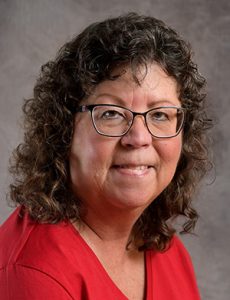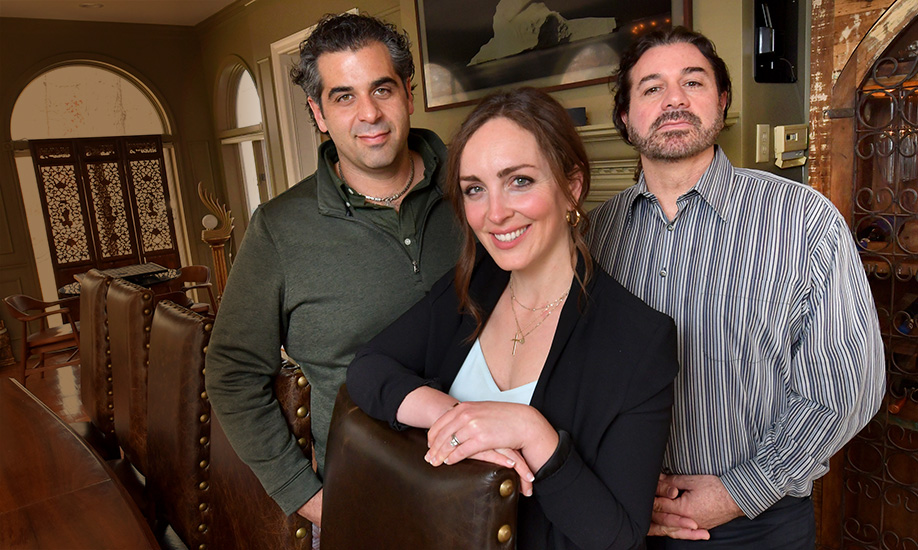From the kitchen to cosmetics, the LaHoods are proving themselves nothing if not adaptable with ColorForge
Recipes are taking on a whole new meaning for brothers John and Richard LaHood these days.
Together with John’s wife Caroline, the LaHoods are branching out from the kitchens of LaGondola Spaghetti House, the family business started by their father, Dick, 41 years ago, and mixing things up in a new industry. ColorForge, their startup company, is revolutionizing the way cosmetics are made.
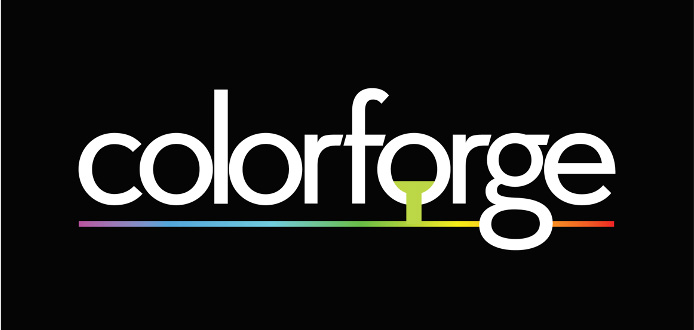
While the brothers continue their daily responsibilities with the family business in the Peoria area, Quincy and Decatur — Richard serves as president, John as general manager — the recipes consuming them of late go beyond the sweet bread and savory meat sauce offered at their 13 restaurants.
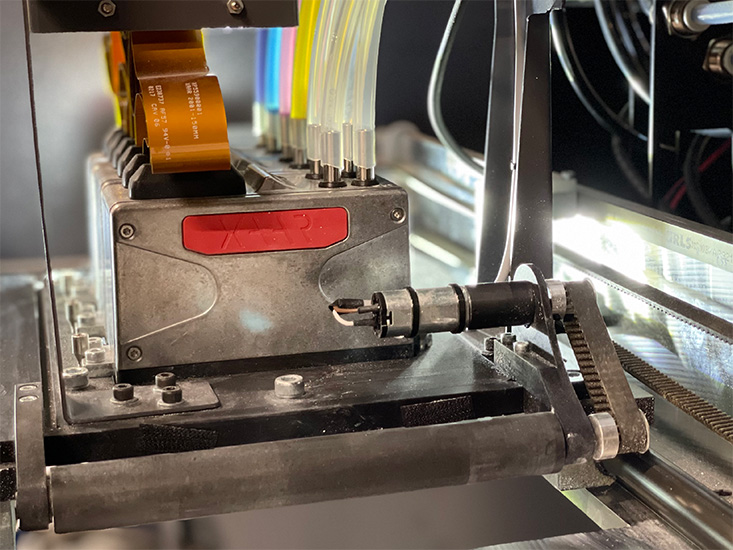
ColorForge has the first patented 3D binder jet printing process to manufacture powder-based cosmetics and product casing simultaneously. Those cosmetic lines include eye shadow, pressed and finishing powder, and bronzers.
John is president, Richard vice president and Caroline heads up operations. Robin Albin, formerly with Estee Lauder, serves as an advisor, and Kate Black, a professor of manufacturing at the University of Liverpool in England, is a consultant.
How it began
You could say the brothers’ journey into the world of cosmetics began when they were the only boys in a home with seven sisters.
“They were always around makeup. Always waiting for their sisters to finish getting their makeup on,” Caroline said.
In 2014, John and Caroline found themselves at an additive manufacturing conference, where they saw printed food for the first time.
“John thought, if they can do that, maybe we could print cosmetics,” Richard said. “He was seeing the use of binder jet printing with fresh eyes and looked at it in a whole new way.”
They bought and hauled home from Kentucky a 25-year-old 3D binder jet printer about the size of a refrigerator. They wrestled it down into the basement, where John — who is self-taught in binder jet material research and development — went to work experimenting with printing cosmetic materials.
“We had paper plates of samples all over the basement, in the kitchen,” said Caroline, laughing. Some thought they were “crazy.”
But the focus was clear: Make powder-based cosmetics with less waste.
In 2018, ColorForge was awarded a U.S. patent for the process and in 2021, the LaHoods began working with an engineering firm in Liverpool, England on the first custom-built prototype printer for cosmetics. They are currently involved in research development with the University of Liverpool, where the printer, React CF-6, is located.
How it works
Binder jet printing is a 3D printing or additive manufacturing technology that’s been around since 1993. The process manufactures 3D structures by using inkjet printheads that move across a powder bed and selectively deposit a binder that acts as a glue.
Wherever the binder is deposited, the powder sticks together. That is followed by a new layer of powder, over and over until a 3D structure is formed.
“The ColorForge process doesn’t just bind, it also delivers the pigment, which enables us to control the color and shade of the product,” John said. “We can personalize products, even making one-offs, without the waste seen in traditional manufacturing.”
Basically, ColorForge can make as few or as many as needed up to 1,800 units in one, five-hour run, said Caroline. And each one could be a different color or shade.
The technology is a game-changer, said Caroline. “Today, 86% of the companies are small beauty companies and influencers who want to have their own products,” she said.
The brothers explain that the advantages are many: affordability with short set-up times and low costs for short runs; customization with the option of delivering limitless colors, images and patterns; individuality with the ability to produce pilot products one at a time for presentations; scalability with a group of ColorForge printers on-site with output equal to an entire factory; and sustainability by producing a 100% biodegradable “shell,” an alternative to non-recyclable packaging.
Further, the on-demand nature of 3D printing means no need for inventory and everything that requires — supply chains, transportation networks, stock rooms and warehouses.
Accolades
In 2020, ColorForge was awarded the Industry Laureate as the top cosmetic innovation of the year in The Cosmetics Victories competition, a worldwide contest to reward and promote innovative products in the perfume and cosmetics industries.
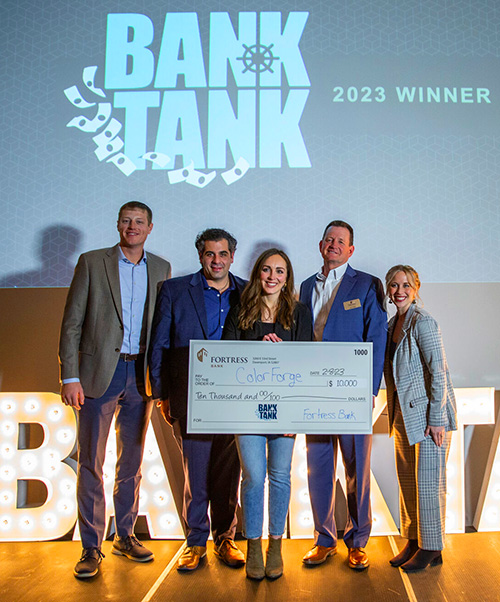
This past February, ColorForge won the first Fortress Bank Tank pitch competition — the organization’s version of Shark Tank — for startups with bold visions. The prize was $10,000.
Last year, ColorForge was one of five companies selected for Peoria’s Distillery Labs gBETA business incubator cohort, an intensive seven-week boot camp providing companies with the coaching and networking opportunities needed to succeed.
Nate Domenighini, the program’s director, wasn’t aware of ColorForge until the LaHoods applied to gBETA.
“What they’re doing is so cool and unique, for a number of reasons,” he said. “They take the sustainability approach, and in a wasteful world, the Midwest is about 10 years behind the east and west coasts when it comes to sustainability. We just love working with people just like them. We can provide guidance, resources and support and they’ll just go out and chase it.”
The future
New technology of the kind used by ColorForge takes time to roll out and become widely available. The LaHoods currently are working on finalizing their first formula for eye makeup.
“We then hope to start conversations with a brand and have a beta run one to two years from now,” John said.
As more brands turn to the technology, ColorForge will need more printers.
The LaHoods are up to the challenge, said Domenighini, who calls them forward-thinkers.
“They’re creating solutions to problems a lot of people are addressing now,” he said. “I knew they had the opportunity to stand out to investors and companies like Estee Lauder. What they’re working on has the appeal to stand out to a large partner and be disruptive to the industry.”
